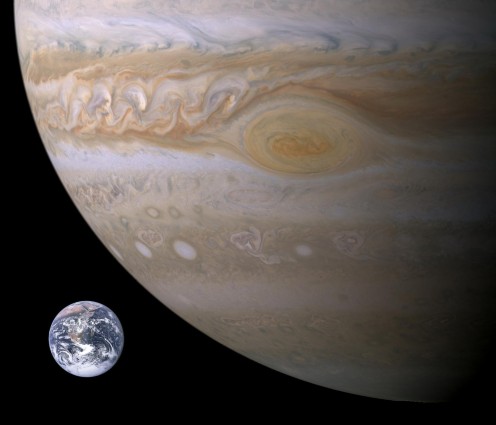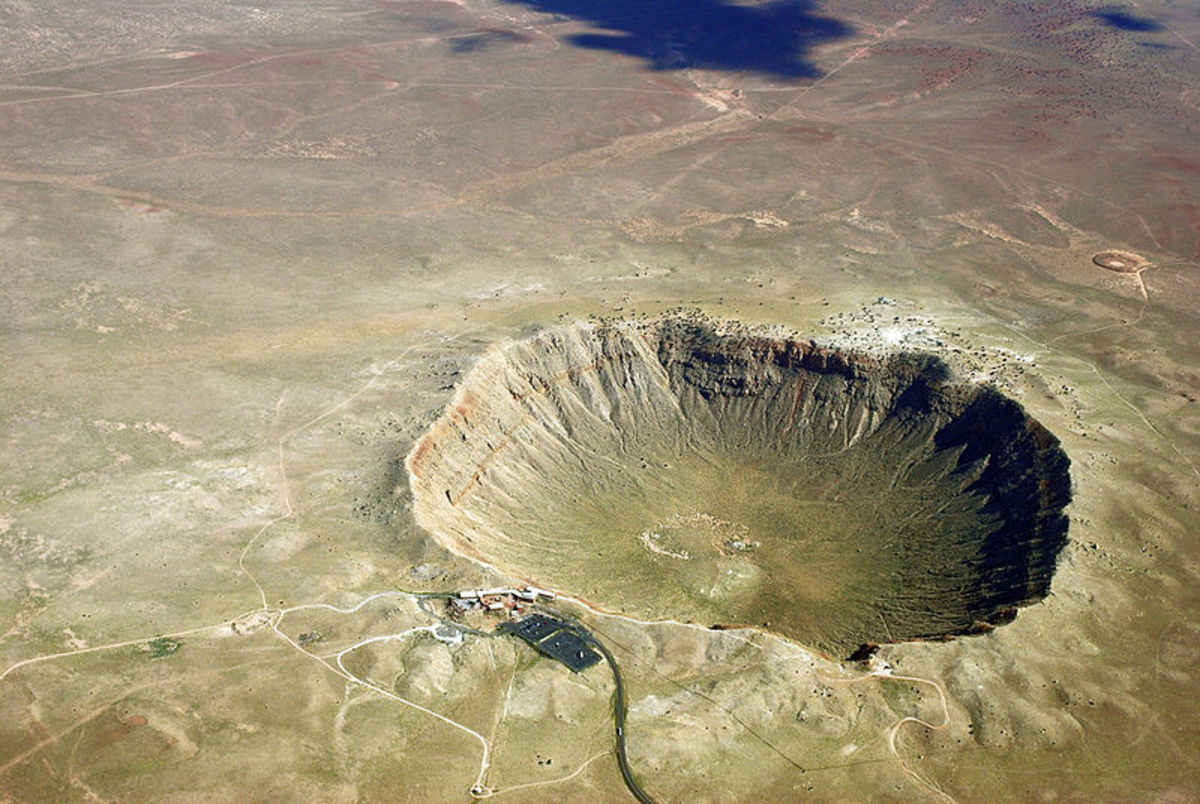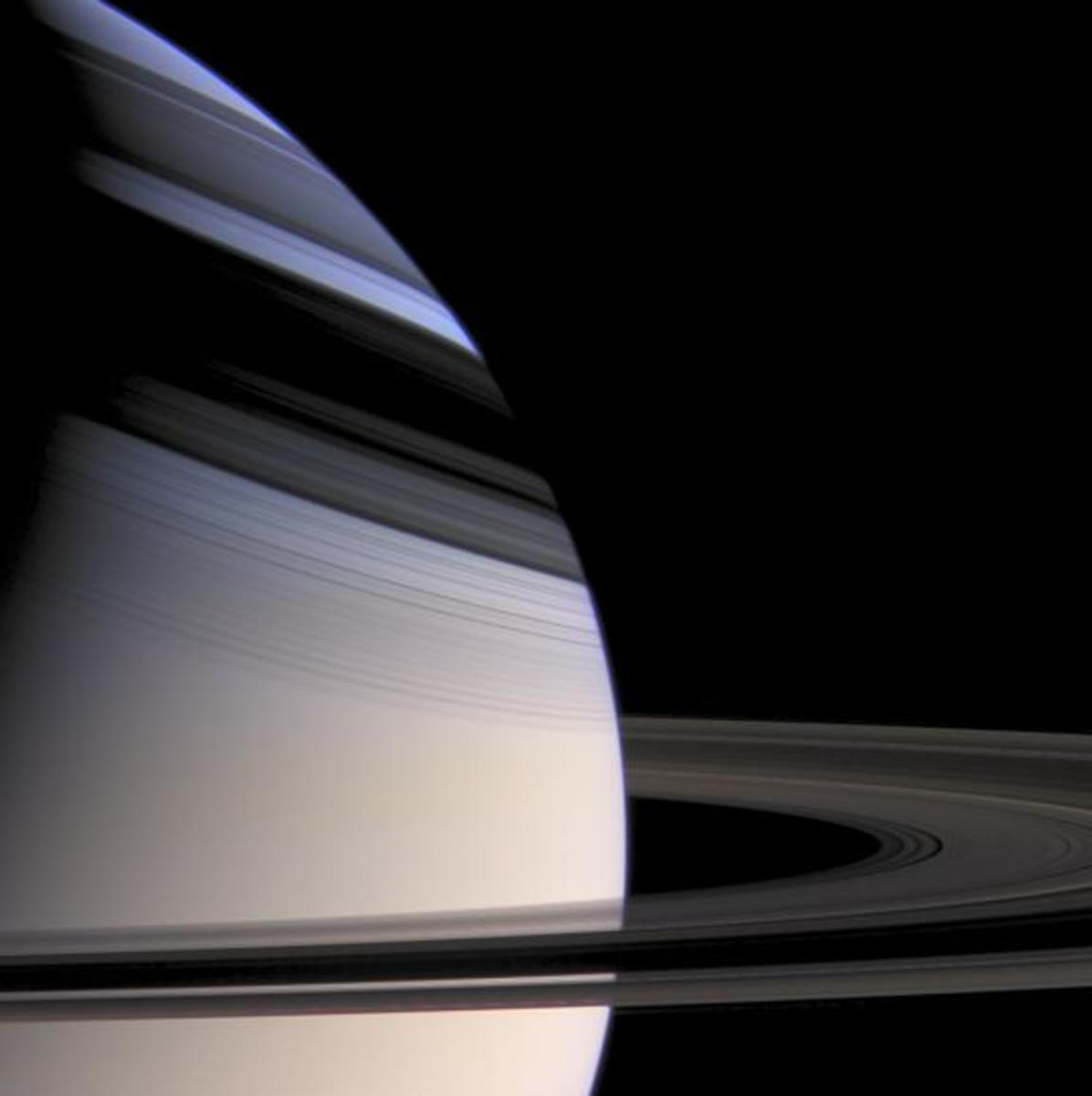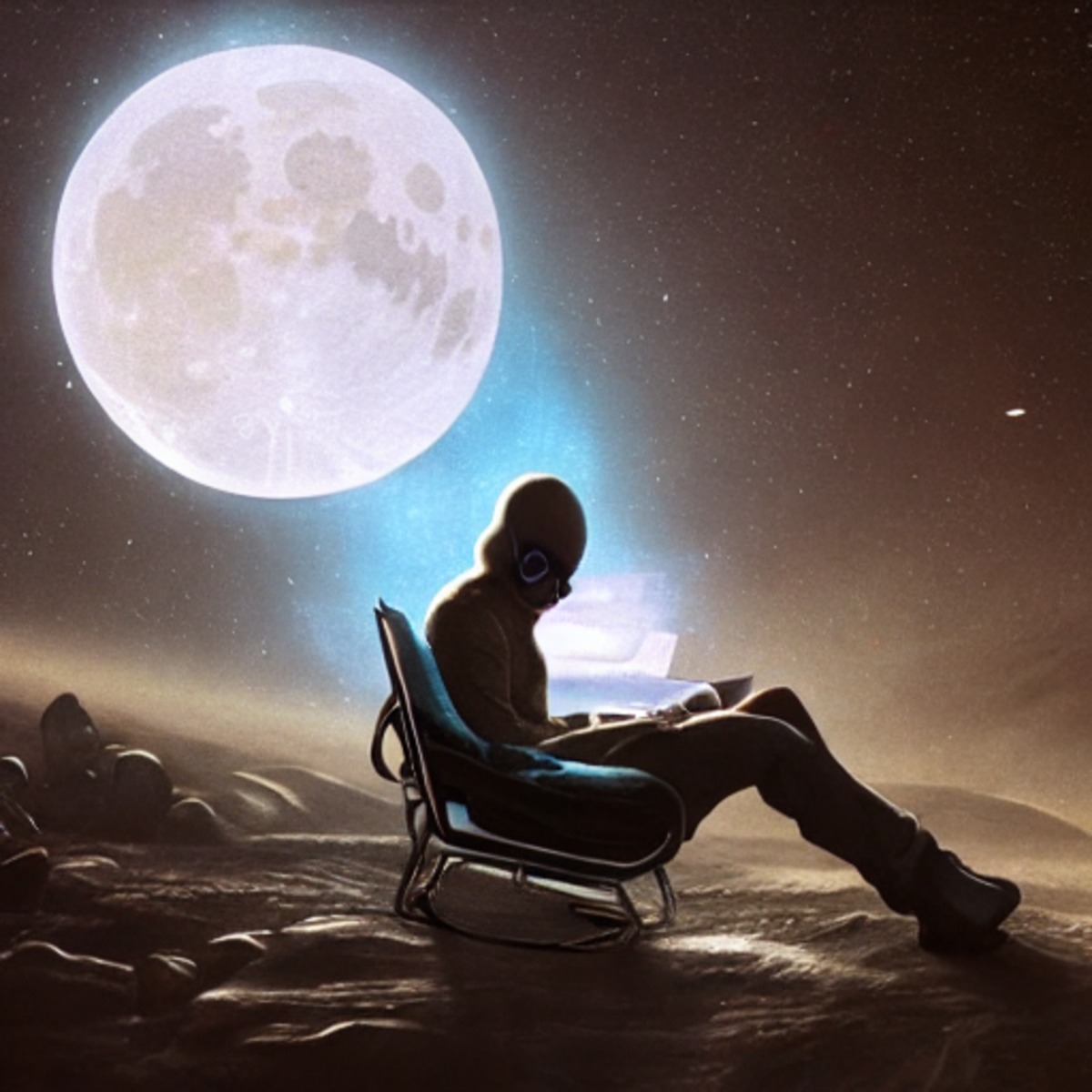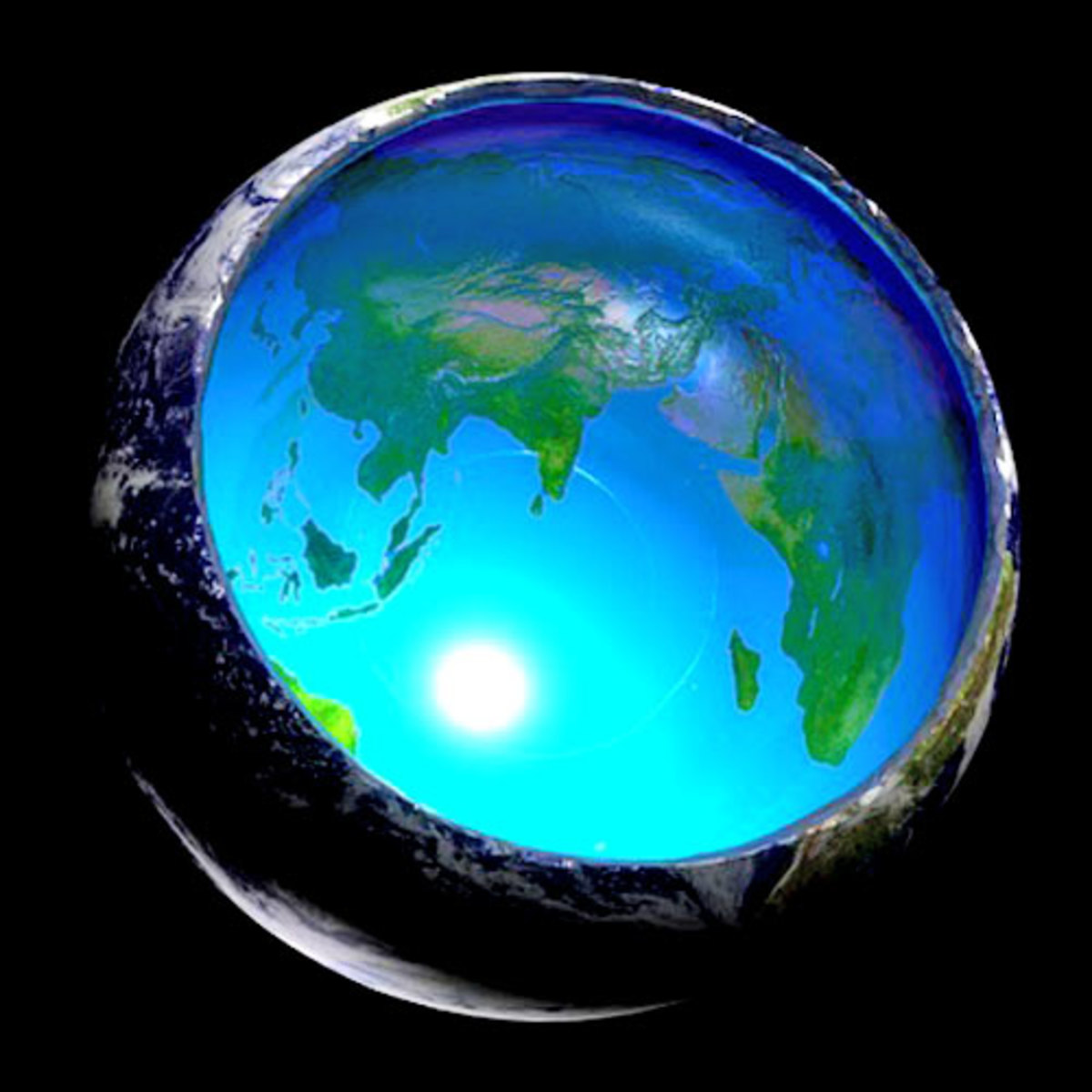Interesting Facts on Jupiter
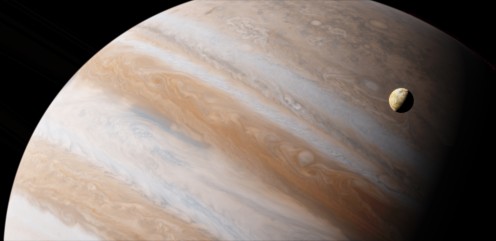
Jupiter
Jupiter is the biggest planet in our Solar System and thousand times larger than Earth. The planet is mainly composed of hydrogen which is referred to as one of the 'gas giants'. The atmosphere in Jupiter, as well as hydrogen, also consists of 15 percent helium and traces of water, methane, helium and ammonia. This produces a liquid 'shell' surrounding a zone of metallic hydrogen, or basically the hydrogen is compressed so strongly, that it acts like metal, and this itself surrounds a core made partly of ice and rock. This type of core has a mass over ten times greater than that of the planet Earth. There are also strong and violent storms and winds which travels around Jupiter and whipping up clusters of frozen chemicals like ammonia for example. The 'Great Red Spot' is one such storm, and this storm is visible on the surface as a huge cyclone that has probably lasted for 300 hundred years. Three sizes of the Earth could fit across the 'Great Red Spot'.
Planet Jupiter rotates very fast so one day will last around nine hours and fifty five minutes roughly. This rapid spin drags the whirling gases into bands which appear dark and light. A year on Jupiter lasts for nearly 12 Earth years due to the planet being farther from the Sun and has a greater and wider orbit than of Earth. Jupiter is the fifth planet from the Sun and it bulges outwards at its equator, this is due to its rapid spin rate.
The diameter of Jupiter is 142,984 km with a circumference of 449,197 km. The distance from the Earth is a minimum of 591,000,000 km, and the average distance from the Sun is 778,412,020 km. The outermost layers of Jupiter is freezing cold, around the region of -150 degrees Celsius, however the center of the planet is extremely at its boiling point and maybe hotter than the Sun's temperature. Jupiter's great mass means that it exerts a powerful gravitational pull and is able to hold down the molecules of gas which swirl around its bulk. If a person was on Jupiter for example, he or she would be twice as heavy compared to their weight on Earth.
Jupiter also possesses its own satellites (moons) and they orbit it and some of these satellites are as large as Earth's moon. The Voyager spacecraft passed close to Jupiter in the year 1979 and sent interesting data about the planet and its satellites back to Earth. The information revealed that two of the moons Ganymede and Callisto, have craters pitting their surface like the moon of Earth's. Europa, which is another moon, was shown to be a ball of yellow ice. Lo, which is the closest moon to Jupiter, has many erupting volcanoes and yellow sulphur on the surface. It is also believed by scientists that massive electrical energy exists between lo and Jupiter.
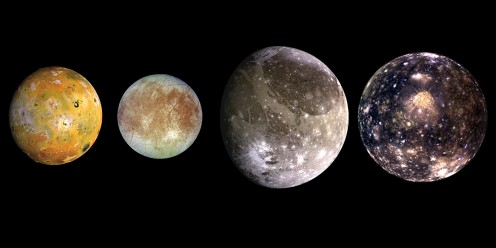
Quick recap and further points on Jupiter:
- Jupiter is the 4th brightest planet in the solar system and it's visible to the naked eye from Earth.
- Ganymede is the largest moon of Jupiter as well as the solar system. It's even larger than planet Mercury. The other large ones are Lo, Callisto and Europa.
- The moons of Jupiter is also referred to as Jovian Satellites.
- The interior of Jupiter is mostly made up rock, hydrogen and metal compounds.
- Several spacecraft missions have been accomplished to Jupiter. Pioneer 10 & 11, Galileo, Voyages 1 & 2 and Juno being some of the popular ones.
- Jupiter has a similar ring system like Saturn but thinner, and is mostly made up of dust particles caused by asteroid and comet impacts.
- Jupiter has 67 moon's and are separated in three groups which are Inner Moons, Outer Moons and the Galilean Moons having the four largest ones as mentioned earlier.
- The Babylonians recorded the first sighting of Jupiter between 7.BC and 8.BC. It was named after the Roman king to define the god of the sky. The Greeks named it Zeus, the god of thunder.
- Jupiter’s Great Red Spot is an enormous storm that has been raging for over 300 years. This storm is so wide that three Earth’s would fit inside of it.
- Jupiter's massive storm is known as the Great Red Spot that has been continuing for over 300 years. This wide storm can fit inside the size of 3 Earths.
